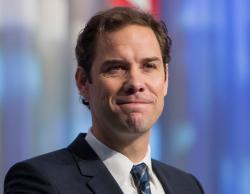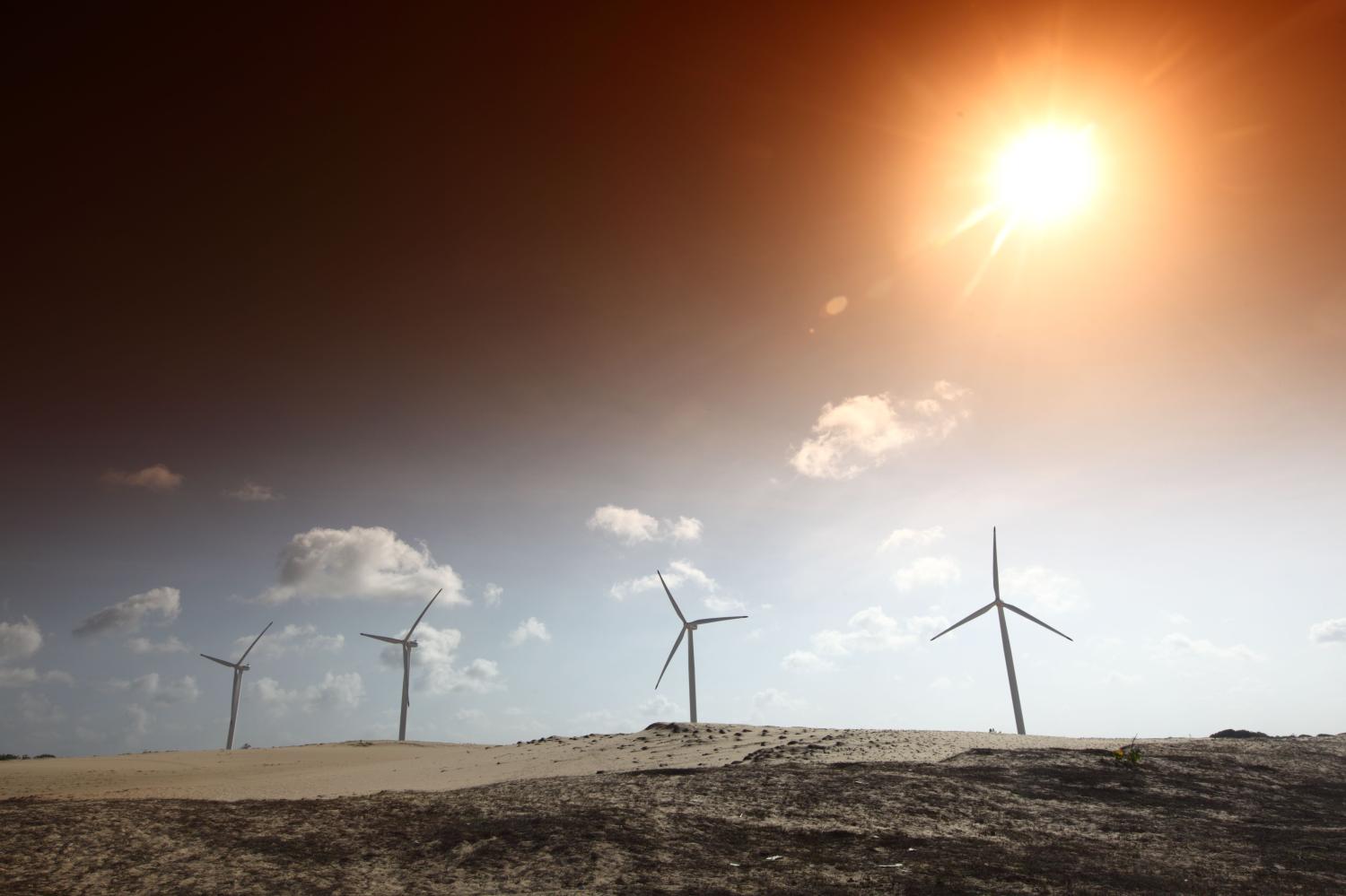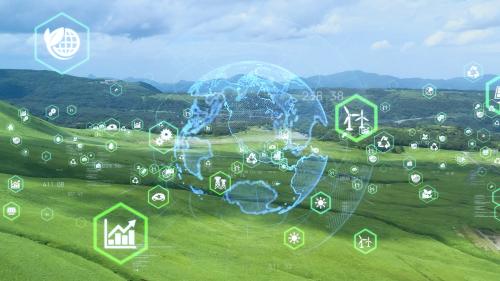Introduction
Despite the widespread economic strains caused by the COVID-19 pandemic and related crises, advanced economy governments have increasingly been emphasizing “green” economic growth strategies to tackle climate change while promoting both recovery and future prosperity. This is a welcome and long overdue shift. In 2020, for example, the European Union launched the European Green Deal; the U.K. government launched a Green Industrial Revolution; and the government of Japan launched a Green Growth Strategy. In the United States—the world’s largest economy—President Joe Biden took office in 2021 promising a Green New Deal. Across the OECD, these and other plans set large-scale ambitions to mitigate greenhouse gas (GHG) emissions while promoting jobs, innovation, and long-term economic growth.
In parallel, emerging market and developing economy (EMDE) governments have navigated their own economic and climate priorities while fending off economic crisis.1 While many of the most climate vulnerable countries have long been at the forefront of calls for global climate action, many policymakers are still looking for evidence that green transitions are cost effective, especially given the difficulties they face in accessing affordable finance and technology. As a result, most EMDEs have been unable to invest in energy and green investments to the same extent as advanced economies.2 Within developing countries, basic development tasks remain paramount, such as providing access to modern energy, improving health and education systems, building infrastructure, and growing jobs.
In the past, green-labeled policies emphasizing climate change and decarbonization have often been interpreted as luxury undertakings that lower-income economies could not immediately afford to take on. Some analysts further decry a perceived hypocrisy when advanced economies that are large-scale consumers or exporters of carbon-intensive fossil fuels seek to ban the financing of fossil fuel projects in low- and middle-income countries, placing the greatest burdens on vulnerable people, often women.3 Nonetheless, a growing range of voices within developing countries are arguing that major transitions towards sustainable energy and electrification are compatible with, and indeed central to, new development opportunities.
Download the full policy brief »
-
Footnotes
- In this framing, the term EMDEs excludes China since its overall scale makes it sui generis in climate policy discussions. Its issues and resource constraints are increasingly different from those in other developing countries.
- See, for example, Bhattacharya and others (2021).
- See, for example, Ramachandran (2022).
The Brookings Institution is committed to quality, independence, and impact.
We are supported by a diverse array of funders. In line with our values and policies, each Brookings publication represents the sole views of its author(s).








